The Moonrop Arya is a pretty interesting iem, for a couple of reasons. And mainly, it’s that Moonrop already has a well-regarded iem in this somewhat budget space, the Moonrop Starfield. For 110$, you can get the Moondrop Starfield. It’s a well-recommended iem for the past year plus. And what they’ve done here with the Arya, or at least what they’ve attempted to do, is to one-up themselves, I suppose, cuz the Arya has a lot in common with the Starfield, as we’ll talk about in this review. And it actually comes in at a cheaper price.
So, the Arya is 80$, and, surprisingly, they keep reducing the price. In my description, I equated it to Moore’s law for items. Still, I have been spending the past week or so listening to this iem and comparing it to some other stuff in its price range that I think people are going to be asking about, including the Starfield, even though it’s not quite in its price range.
People are going to want to know how this thing stacks up with the $110 iems for 80$. In this review, I’ll go through my overall impressions of the build. We’ll talk about the sound and those comparisons, and I’ll give this thing a score. What comes inside the box?
What’s in the box
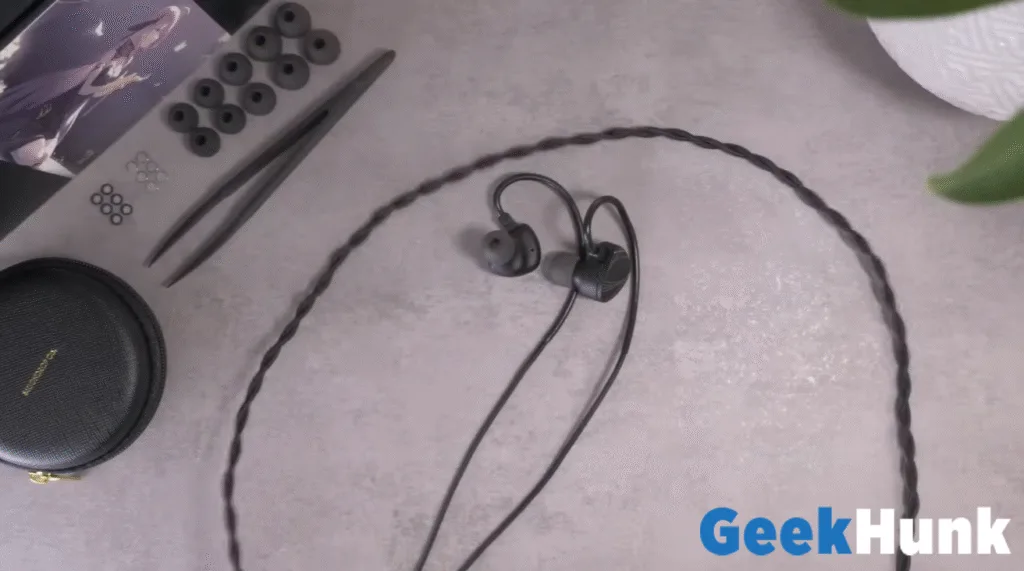
For 80$, it’s not an especially accessory-laden package, but this is pretty good. This is about what you would expect in most iems. And the fact that they didn’t cheap out or skimp on a budget option is nice. So, you do get two complete sets of tips, mediums, larges, and smalls. You also get a couple of replacement filter sets. You can see on the nozzle of the Arya, they’ve got these filters here that are meant to stop debris from getting inside the iems.
Over time, they can get a little gked up with ear stuff and everyday ear things, but they supply replacements, which is cool. And they also give you this little carry case, which I really like. This is about the perfect size for me. It’s big enough to hold the Arya. Not a lot more room in there, but that’s usually what I like. And it’s got a hardness to it, and it’s got a nice little Moondrop branding on it.
Fancy, right? Nothing, nothing too out of the ordinary, but a nice selection. They even give you a pair of tweezers. Let’s talk now about the Arya, which, of course, comes with the cable and the buds.
Also Read: KZ EDC Pro Review
Cable and Build Quality
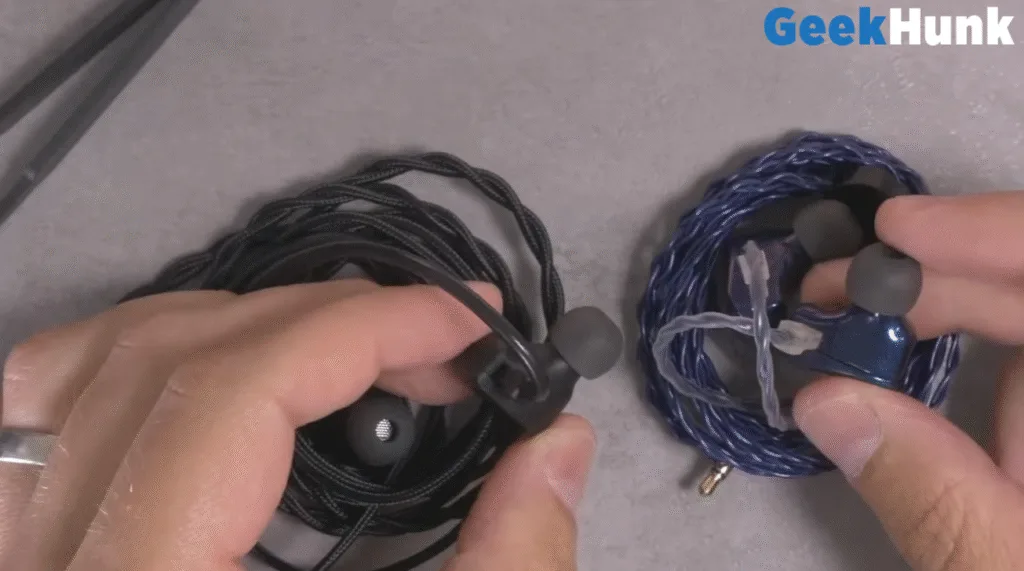
And the cable’s interesting because it is an all-cloth braided cable. It’s actually the same cable that came with the Moonrop KX, which is like a $180 IEM. I like this better than the typical Starfield cable. It has some advantages and disadvantages. Cuz it feels nice and it looks nice. And I really like the Y-splitter with an integrated chin cinch, which is also pretty functional. You can see it doesn’t slide around.
It stays in place. And if you don’t like a chin cinch, well, it hides away and almost makes it look like you don’t have one. So I like that aspect of the cable. The one thing that stood out to me is that this cable is a little bit more microphonic than the cable on the Starfield and more a little more microphonic than your average iem cable, which means if this cable, you know, rubs up against a zipper on your shirt or something like that, it might transmit a little bit of sound into your ears. Which isn’t super common when you’re wearing earphones over your ears like this, but I did notice that here with the Arya.
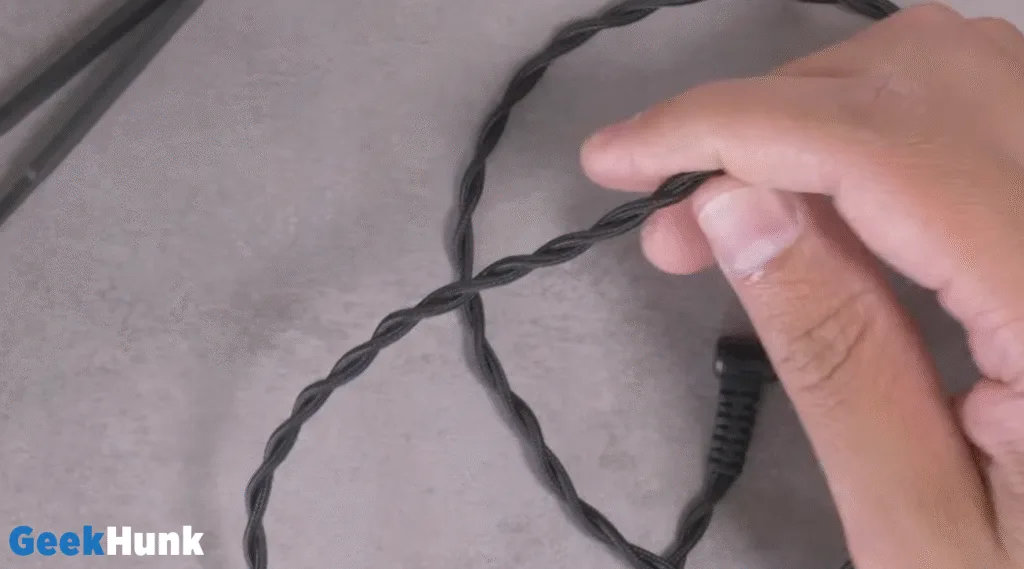
And then we’ll talk about the buds. This is on a two-pin connector. Pretty standard for iem. And you’ve got the shells here, which are the same as the Moonrop Starfield, the KXXS, and the KX. They’re all basically using this same shell. So, you can see that it’s two parts. There’s this outer panel and then the inner part. The inner part, as best I can tell, is identical to the other iem. That means that fit, Security, and comfort are all going to be exact on those.
The one difference is this outer panel, which doesn’t have some of the 3D contouring that you see on the, I guess, more expensive iem. And I don’t know if that was done to reduce costs. I don’t know if that was just done as an aesthetic choice, but they did go ahead and put this little print pattern on it that, frankly, looks pretty nice. So I like the angled look, especially on the KXXs. But otherwise I don’t know. This is a pretty handsome set of iems, especially for an $80 package. That’s not too bad.
Fit and Isolation
This thing again fits exactly like the other iems we talked about, which is to say it’s a good-fitting iems. This shell generally fits me very well. It’s not the most secure-fitting shell. Something like the Moonrop Illumination I reviewed recently has a very similar shape. Still, it fits me a little more securely, which means I’m not having to fiddle with it or reposition it in my ears as I move around, chew on food, or do whatever it is humans do that might upset the fit.
And these, I didn’t have any problems with them, but they’re not as secure. Sound isolation on these things is about typical, about average, which is to say it’s pretty decent. Anything else to talk about the build? I don’t think so. It’s basically a Moondrop Starfield. You can see that, shapewise, we’re talking about basically the same iem, just a slightly different aesthetic. And whether or not that’s what you want, I leave that up to you. But it’s pretty handsome, frankly.
Sound Signature and Technical Performance
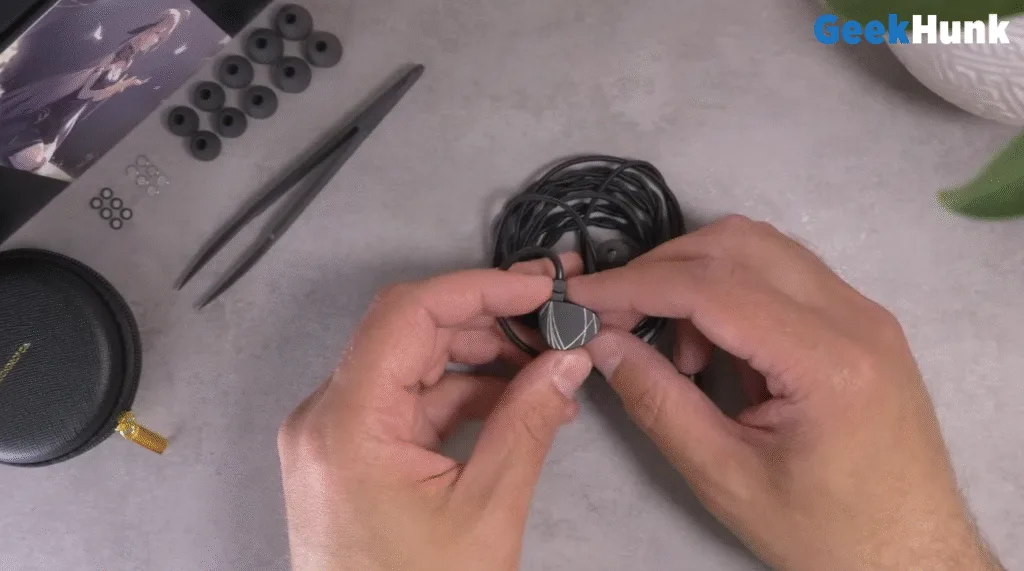
All right, it’s going to lead us into talking about the sound here on the Moonrop Arya. And I’ll start, as I typically do, by describing the overall character of the sound. If you’ve heard the Moonrop Starfield or the KXXS, this is going to sound very, very familiar. It’s very, very, it’s basically the same tuning. You’ve got a mild V-shaped sound signature. It’s thicker on the low end. So, in terms of a V-shaped signature, and again, I call it a mild V-shape.
So, there is some treble emphasis and some bass emphasis, but the focus is definitely stronger in the bass. It gives it a warm, um, relaxingish character. It’s just a good, all-around sound signature. It works with any music. It does have a nice, meaty, thick low-end with somewhat relaxed vocals, and then, like, the lower treble is a tad accentuated, which gives it that, uh, that mild V character to it.
Sound Impressions: Strengths and Weaknesses
So, what are my favorite things about the sound of Starfield? So, for starters, it really avoids doing anything very wrong. It doesn’t have sibilance issues. It’s not like overly muddy or anything because of that bass. There aren’t many caveats with the sound here. It’s really well tuned. And then on the technical side, it holds its own. The bass quality in general is very satisfying on, you know, both the Arya and the Starfield and the KXXS and this entire line.
Very satisfying base quality, with good impact and weight. Maybe a tad elevated for my taste, but it doesn’t get to the point of really smearing up the mid-range or anything like that. And then layering and staging on this thing are not necessarily standout, but they are very, very decent. And they’re going to be better than some of the iems that I will be comparing this to in just a minute.
Sound Impressions: Criticisms
So, generally good there. Terms of things I don’t love about the sound, like it’s pretty hard to be super picky about this. It’s just a good, all-arounder, but I do have to be choosy. The treble can be a tad fatiguing on this at times. Perhaps a tad coarse, just a little bit. Similarly, the Sennheiser HD560S can be coarse. However, I found that the coarseness on the H60S is stronger than it is here on the Arya.
And then I also mention that this is fairly bass-heavy. For my personal tastes, it’s a little bit more bass than I’m looking for. It prevents the mid-range from necessarily standing out the way I like in tonality, but that’s honestly just a tuning preference. So, certainly not everyone’s preferences will be the same as mine when it comes to tonality. And I think this airs on the side of being relaxed and just a good all-arounder, and kind of all-around engaging, versus a mid-range-focused tune that I might prefer but might be a little bit more demanding of the music you listen to.
And then, that low end I mentioned doesn’t get smeary or anything like that. Like, it’s not that I wouldn’t call this a bloated bass, but when you are listening to a busy track, these are harsh complaints for a sub-$100 iem, frankly. But if you listen to busy tracks, it can get a little jumbled. But frankly, that’s not too unlike the Moonrop Starfield.
Moondrop Arya vs. Starfield
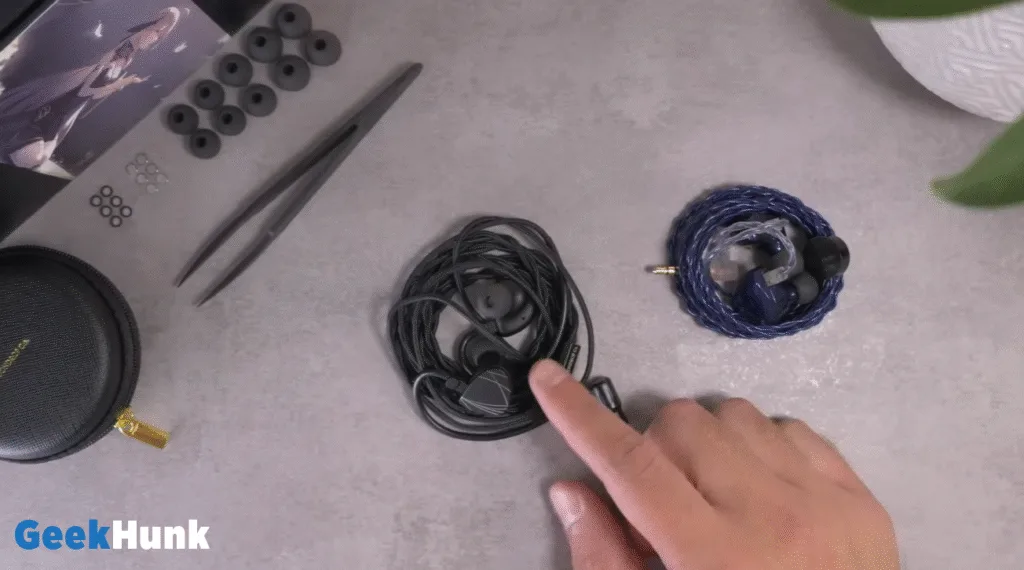
| Feature | Moondrop Arya | Moondrop Starfield |
|---|---|---|
| Price | More expensive | Cheaper (around $30 less) |
| Treble | Slightly coarse, raw, unpolished character in treble | Smoother treble without the rawness |
| Detail Perception | Slightly better due to coarse treble, more detail | Less perceived detail compared to Arya |
| Soundstage | Potentially wider due to treble character | Narrower soundstage |
| Listening Experience | Hard to tell significant differences in sound | Nearly identical to Arya in a casual listening setting |
| Aesthetic and Cable | Standard design, typical for high-end IEMs | Liked for its cable and aesthetic |
| Overall Sound Quality | Raw treble adds a bit of character and detail | More balanced and smooth, less raw |
| Best for | Enthusiasts who want a bit more edge in the treble | Budget-conscious buyers, casual listeners |
I spent a lot of time listening to these things back to back, listening to the same songs, putting on like small 30-second loops of songs, and swapping between them as quickly as I possibly could, to try and come to you with these are the differences. And honestly, I had a hard time finding any differences between the Starfield and the Arya. And it’s cheaper.
So, yeah, it’s tough to pick out any significant differences between these. Like, if I had to say anything, I would say that the treble on the Arya is a bit coarse, and it stood out to me more on the Arya than it did when listening to the Starfield. That extra um, like a rawness or a slightly unpolished character to the treble, can honestly give Arya a slight advantage in terms of detail perception, perhaps. And maybe even a little bit to make it sound like it’s presenting a wider stage, but really, the difference is so minuscule, and if you already have Starfield and those differences might sound appealing, it’s not worth buying it.
Like, I think in head-to-head listening, you’re going to have a tough time picking out any differences. But if you are interested in buying Starfield and want to save 30$, and even if the differences I just described don’t sound ideal to you, again, most people aren’t going to be able to pick it up. Like, unless you’re listening super super carefully in the sorts of conditions that I was, and even then, I’m not totally convinced by my own descriptions.
Think these things sound, for all intents and purposes, essentially identical. So, I don’t know. RIP Starfield, right? Like Starfield 2019, or was it? Yeah, 2019 to 21. A moment of silence. You might still like the aesthetic. I like the cable in the Starfield. But, yeah, there’s the Arya.
Also Read: Best IEMs Under 3000
Moondrop Arya vs. Tin Hi-Fi T4
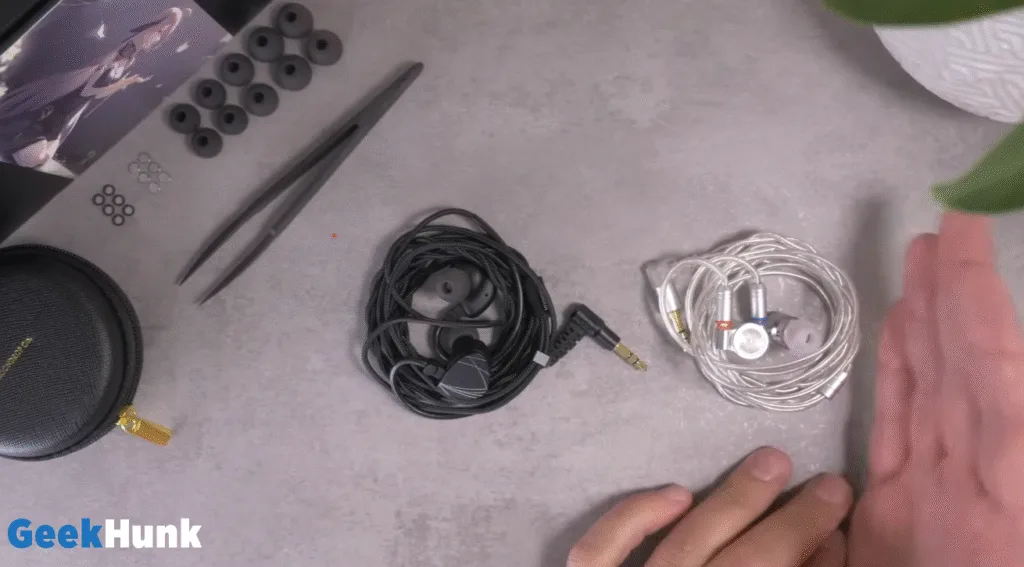
| Feature | Moondrop Arya | Tin Hi-Fi T4 |
|---|---|---|
| Price | More expensive (around $100) | Cheaper (around $80) |
| Tonality | Slightly warm, relaxed | Forward, brighter, and more open-sounding |
| Bass | Slightly punchier bass | Similar bass emphasis, but less punchy than Arya |
| Upper Mid-Range | Slightly more relaxed | Elevated upper mid-range, contributes to clarity |
| Treble | Can be fatiguing, slightly coarse | Smoother, softer treble, less fatiguing |
| Transients & Detail | Better presentation of transients and detail | Smooth but less detailed in the upper range |
| Soundstage & Imaging | Better 3D imaging and layering | More two-dimensional, less immersive |
| Overall Sound Quality | More balanced with better layering and imaging | Clearer, more open with forward tonality |
| Best for | Those who prefer smoother, more detailed sound with better imaging | Those who prefer a brighter, clearer sound with a more open feel |
I also compared it to some other iems. So, around 80$ is the Tin Hi-Fi T4. This price is $1, $100, or sometimes down to $80. I don’t know what’s up with the price on the T4, but I regularly see it at around 80$. And here there are more differences. Okay. And here, there will be more differences that will come down to personal preferences. The 10T4 tuning is aore forward, arighter, and aore open-sounding. On pure tonality,
I prefer the 10T4. They both have a similar bass emphasis, but because of the slightly elevated upper mid-range and probably a lower treble here on the T4, it gives it a somewhat clearer, kind of open sound. Whereas here again a little bit warm and relaxed on the Arya. Let’s see. That said, I did find that, despite being a little bit more upper-end focused on the T4, I felt like transients and detail are actually, I think, better presented here on the Arya.
You know, again, the treble can be a tad fatiguing here with the Arya, and here with the T4, it’s a little bit smooth and soft, frankly, around the transients and the kind of edges of the treble. But yeah, I don’t know. I was actually surprised that, as much as I did prefer the tuning here on the T4, I was generally enjoying the Arya more. It presented the layering and a 3D image a little bit better. Whereas here on the T4, it’s a little bit two-dimensional.
So yeah, there’s that. And if you’re looking for a bass, I am. Again, I mentioned they’re tuned similarly in the bass, but I do think that it’s a little bit punchier here on the Arya. So that is two for two for Arya.
Moondrop Arya vs. Etymotic ER2XR
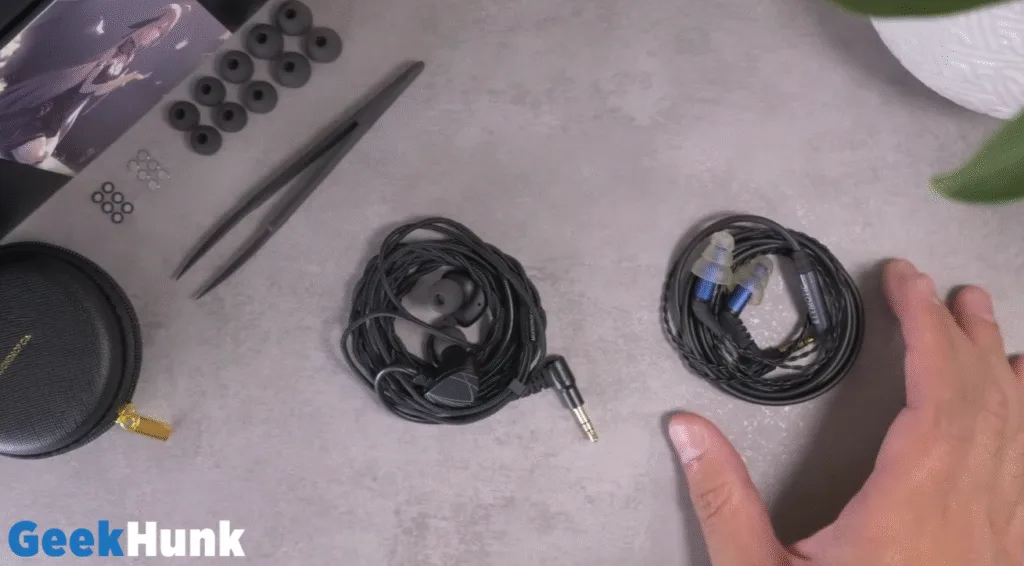
| Feature | Moondrop Arya | Etymotic ER2XR |
|---|---|---|
| Price | More expensive | More affordable, budget-friendly |
| Tonality | Mild V-shaped signature, slightly warm and relaxed | Mid-range focused, with smooth treble and less bass |
| Bass | Slightly warm with a little emphasis on low-end | Not bass-heavy, but well-controlled bass |
| Treble | Can be edgy, slightly fatiguing | Smoother, less fatiguing |
| Mid-Range | Not a major focus, but balanced | Highly focused on the mid-range, clear and detailed |
| Sound Quality | Excellent for low-end focused, balanced tuning | Precise, well-tuned for mid-range, smooth overall |
| Fatigue | Slightly fatiguing due to treble | Less fatiguing due to smoother treble |
| Best for | Those who prefer a mild V-shaped, slightly warmer sound with some bass emphasis | Those who prefer a clear, mid-range focused sound with smooth treble |
| Fit and Comfort | Standard IEM fit, comfortable for most users | Etymotic fit may be challenging for some users, but provides excellent isolation |
I’m going to bring in the big boys, though. And we have the Edetomotic ER2XR, which comes with a full caveat; if that intimidates you, then this might not even be in the argument. This might not be in the running for you. But most people can be okay with that, as the Etymotic fit does. And here, this comparison is actually pretty interesting, because I mean, they’re very different tunings to start with. Again, this is like a mild V-shaped signature, not necessarily a mid-range focus IEMs. Whereas here in the ER2, it’s definitely all about the mid-range.
For my personal preferences, I like the tuning here on the ER2 best. The treble may be on the soft side here versus, you know, again, it can be a tad edgy here on the Arya, which gives this a more precise definition and dimension. But personally, the ER2 XR, like this, is an iem I often reach for despite having a bunch of much more expensive gear on me.
This is a really, really well-tuned iems. And here in the Arya, excellent tuning, especially if you are more into low-end-focused IEMs. Not that this is an overly bassy iem by any stretch. Like, it’s not like a bass cannon, but it is a little warm for my tastes. And just here with the Edetomotic, I can’t get over the quality of the tuning here. Treble is smoother. A little bit less, quite a bit less fatiguing here on the Edetomotic.
Again, it does come at the expense of sounding a little bit too smooth and maybe a little bit too rounded off. If I’m being picky about the Edetomotic —and that’s definitely not an issue here with the Arya —but the tuning, I would still pick the Edetomotic.
Conclusion and Score
I’m pretty impressed with this. For 80$, I don’t see a good reason to get a Starfield anymore. And so out of five stars, I got to give the Moonrop Arya four stars. Very, very solid. iems. This is a straightforward recommendation because that tuning is all-purpose and general. Works well with everything. Not necessarily my personal favorite tuning. Again, it can be a little too warm and a bit too thick for me personally as a mid-range-focused listener, but for 80$, this is a really strong iem.

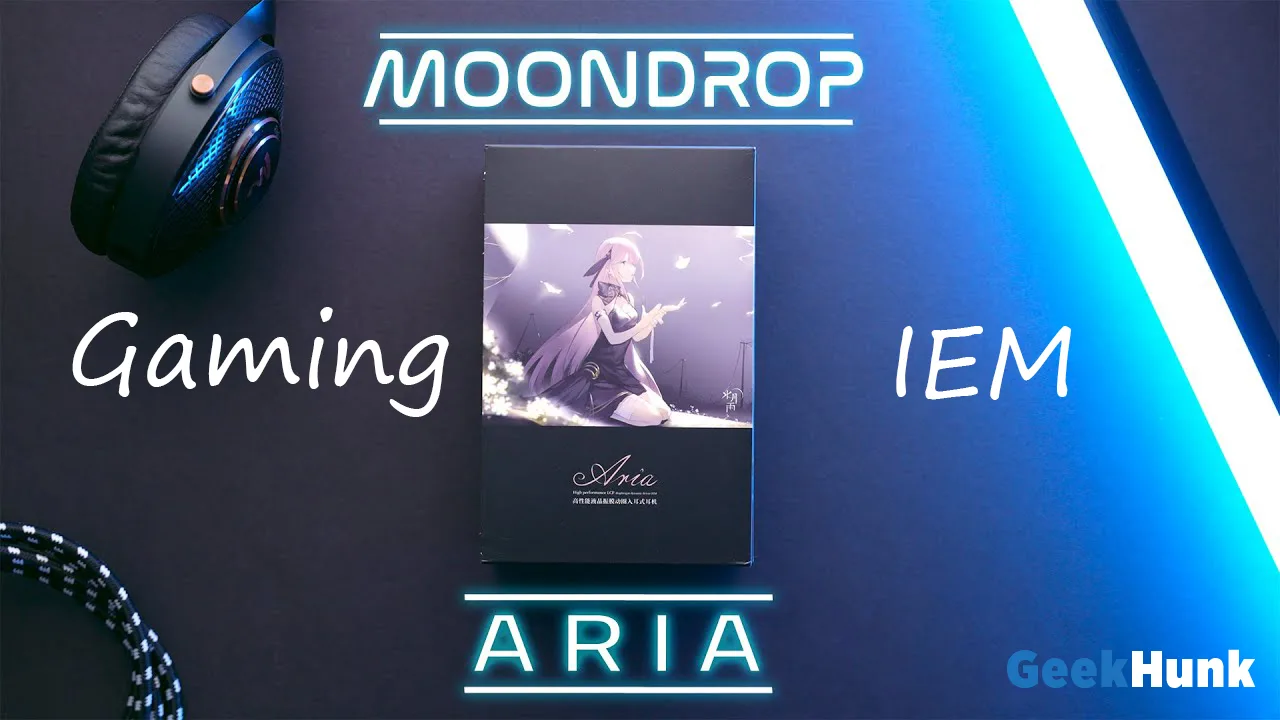

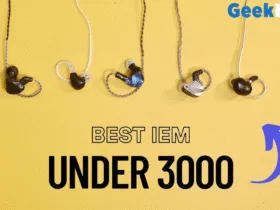
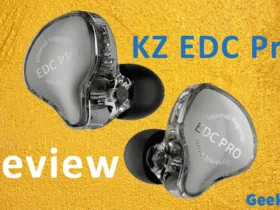


Leave a Reply